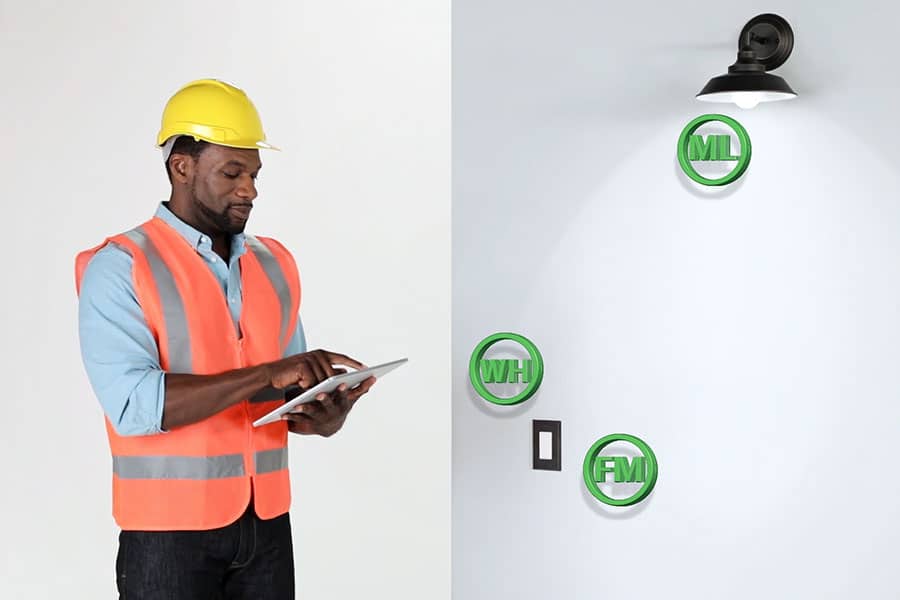We all expect the homes we live in and the workplaces we use every day to be well built; the fact that they are is due to building regulations drawn up to ensure quality in construction.
Official efforts to oversee, ensure and execute construction quality control plans in the U.K.’s built environment go back centuries.
Following what became known as the Great Fire of London – when, in September 1666, a blaze ravaged London, destroying thousands of timber-built homes, churches, shops, taverns and warehouses – Charles II commissioned an investigation that resulted in the London Building Act (1667). The Act required buildings to be made of either brick or stone, limited the use of wood in construction and banned the use of timber facades.
Sadly, it takes calamities such as the Great Fire to highlight the need for better quality construction and design; 1666 was just one of many lessons that have been learned the hard way through loss of life and property.
Build Quality is Paramount
Given what’s at stake – occupant safety, sector reputation and investor confidence – it is hugely important to ensure that quality is embedded in any project from the outset of a scheme right through to its completion.
With this in mind, stakeholder obligations are bound up in both quality assurance and quality control.
Quality in the build needs to be assured from the beginning of a scheme, during the planning and design phases. Then, once this process is completed, quality needs to be controlled – effectively guaranteed – during delivery and on to completion.
Assurance is achieved by creating a plan that will determine what will be needed to see a project delivered on time, within its agreed budget and with the likelihood of minimum defects. A construction quality control plan will also ascertain where any risks might lie.
This activity will take place in the design and pre-construction phase.
It is then that the control element manifests itself on site. Quality control managers typically oversee a project to ensure that what has been planned is delivered and to an agreed schedule and budget.
Construction Quality Assurance Checklist
According to insurance specialist Chubb, a checklist for quality assurance, undertaken in the pre-construction, pre-bid and pre-submittal phases, may include:
- An initial quality team project planning meeting with the executive or client
- Scoping out the work, budget and schedule for the project’s quality management plan
- Quality team project status meeting(s)
- Inspection checklist(s)
- Drafting testing plan(s)
- Setting a testing schedule – be prepared to stop the project if an acceptable performance cannot be achieved
- Requests for information (RFIs)
- Updates to budget and quality management plan as required throughout the process
- Conducting trade contract scope of work reviews and updates; linking up plans and specifications so quality does not ‘cost extra’ (in change orders) during construction
Construction Quality Control Checklist
Once on site, interested parties need to adhere to a quality control regime. Again, according to Chubb, this may consist of:
- The creation of a project file and document management control plan (including plans, specifications, transmittals, RFIs, daily logs, inspection documentation and snag list reports – everything required of a contractor before they are paid off – incident reports, and interim reports)
- Project kickoff meeting(s) to ensure prime and trade contractors know the standards to which they will be held during the construction
- Actions to be coordinated at hold points – a mandatory verification point beyond which work can’t proceed without being approved by a designated authority
- Inspection and documentation (either daily or at hold points), where conformance is verified with the definition of the project and to evaluate any onsite changes
- Testing at hold points to verify performance
- Various new snag list items and status updates (daily/weekly)
- Interim report(s) to management/project quality executive/client
Chubb stresses that this interim report element is extremely important, being similar to a contractor’s monthly payment application.
QA and Automation: To Automate or Not?
Ensuring quality throughout a project is no mean feat, and for those who have historically always conducted quality assurance and control functions via physical plans and in person, there can be issues when moving over to digital technology and remote quality assurance and control systems.
However, software developers have made strenuous efforts to smooth the path to effective use of QA automation software, producing a number of tools to enable designers and contractors to seamlessly and effortlessly oversee a project.
While any digital tool is only as good as its user, Bluebeam Revu’s annotation and collaboration tools allow architects, engineers and contractors to conduct faster, more accurate and more thorough quality reviews.
Using Revu enables reviewers to make comments and additions to plans remotely, allowing them to look at both original and amended drawings side by side with sync views to quickly and easily verify that any changes were picked up correctly.
If the reviewer finds items that were not picked up, or were picked up incorrectly, they can notify the designer and use the reply or chat features to close out the comment.
Once the review is complete, a report can be generated and the drawings can progress through the design phase.
With Studio in Revu, you can enhance your QA/QC reviews through standardised tools and processes. These standards can help you realise gains, efficiency, communication, and accountability, ultimately producing higher-quality reviews.
Bluebeam Revu features include:
Markups List
All markups appear in an integrated, customisable list for easy tracking and simple creation of PDF, CSV or XML reports
Compare Documents
Automatically highlight and identify the differences between two drawing revisions with easy-to-see clouds
Tool Chest
Save and organise custom markups and measurements for easy reuse, and share them with colleagues to streamline communication
Multiview
Split your screen up to 16 times to view different sections of a PDF simultaneously on multiple monitors, and sync tabs to pan and zoom in unison
Using Revu makes bringing together quality assurance and control assessments easy.












